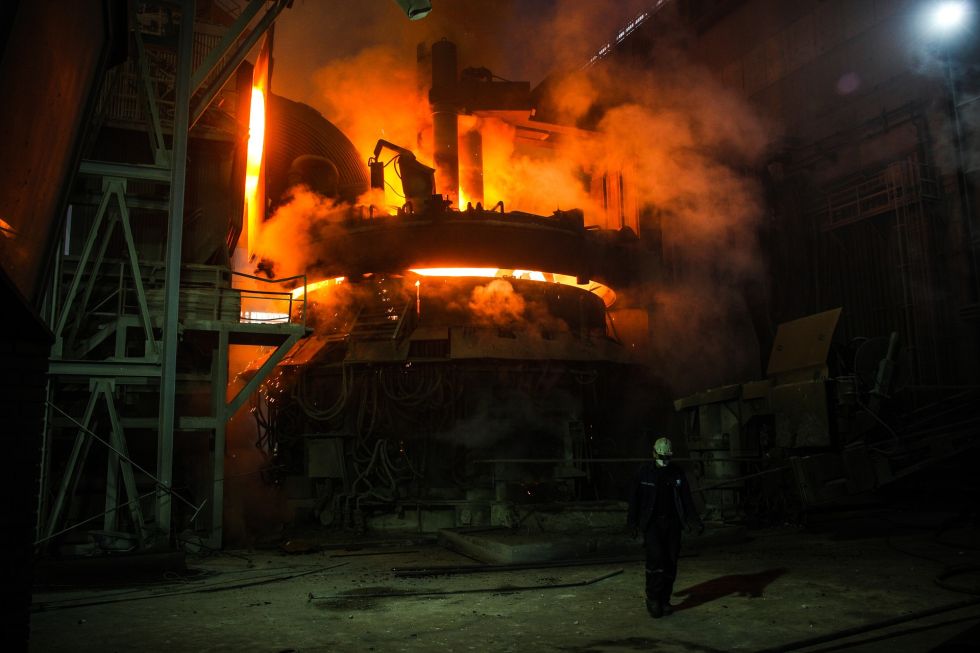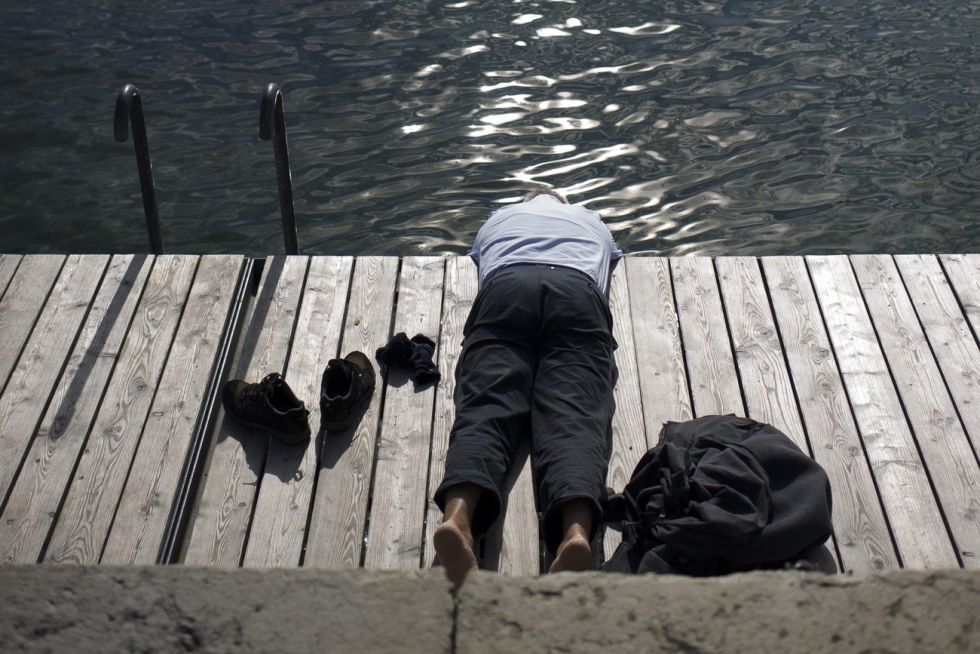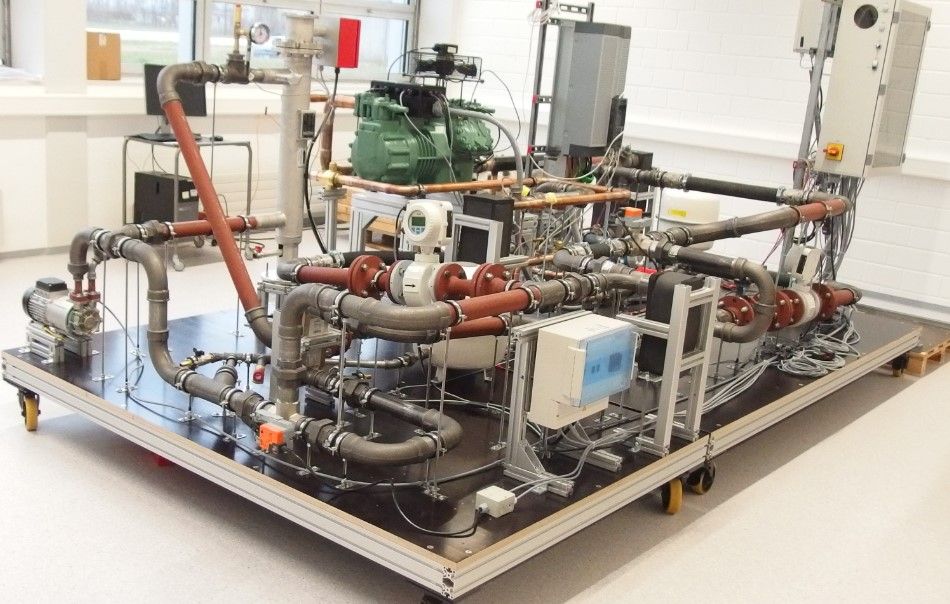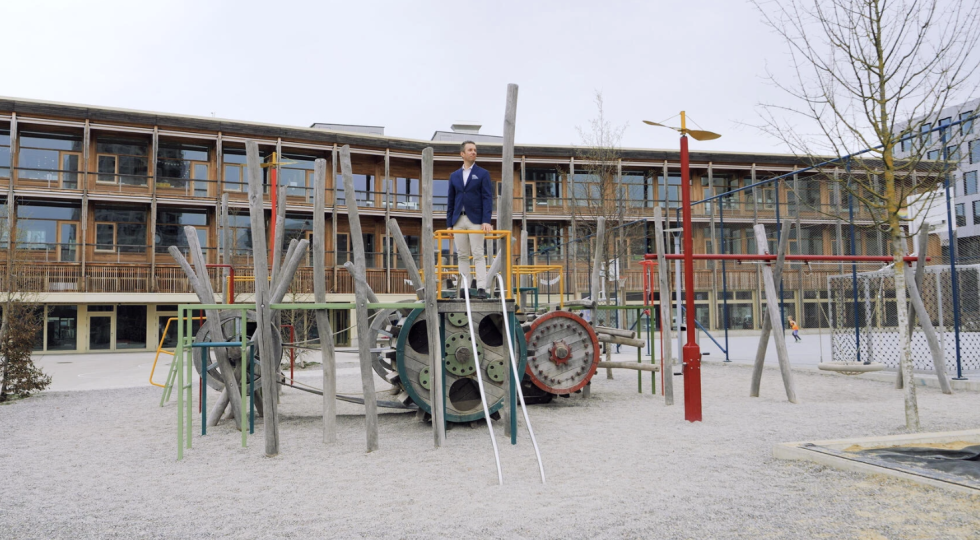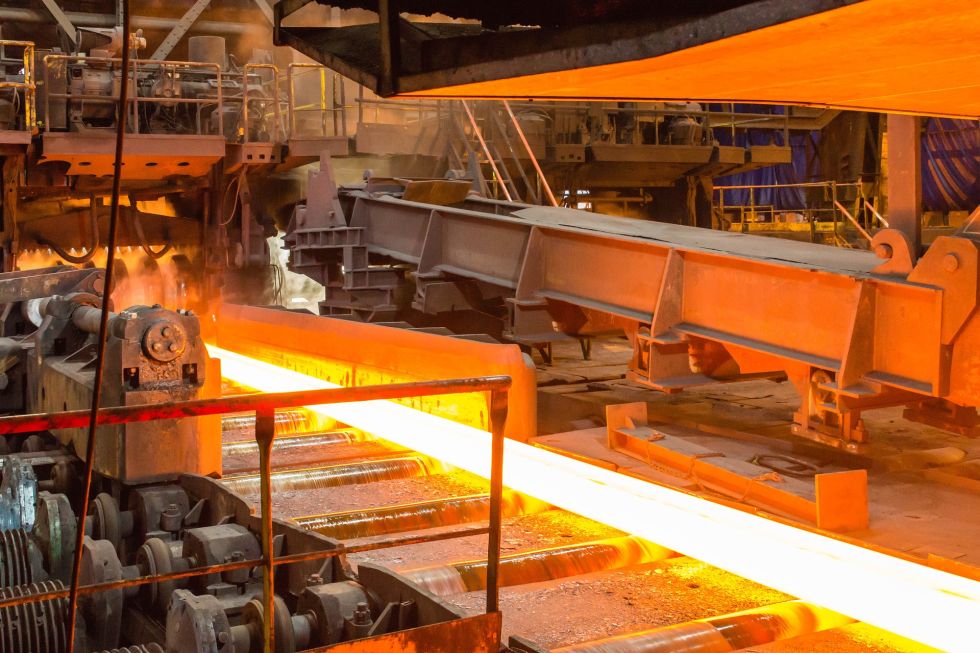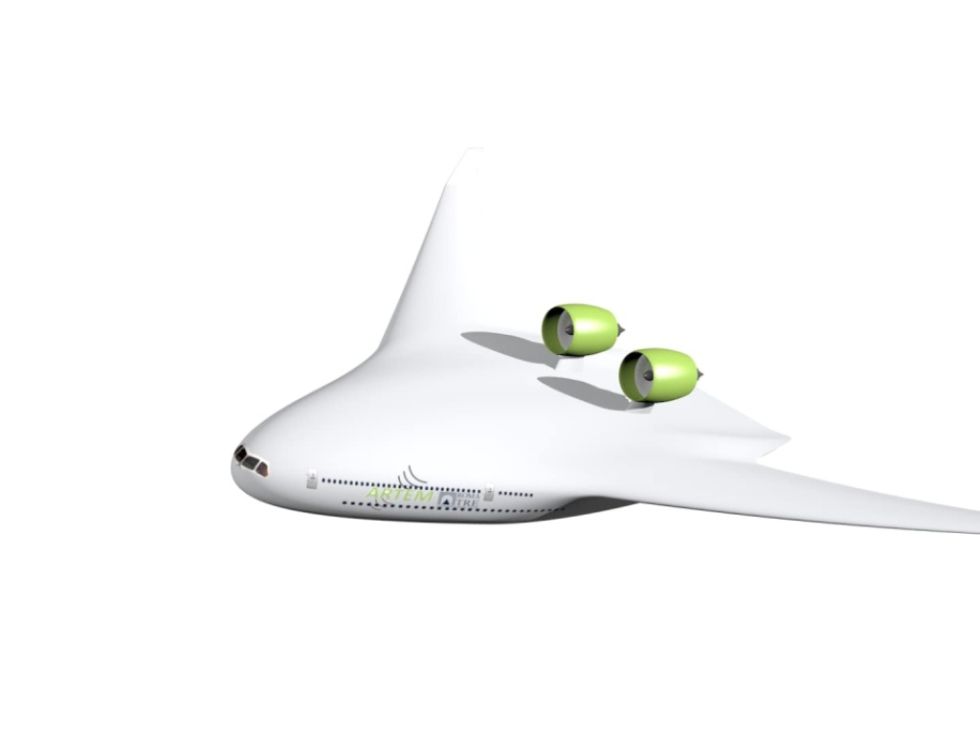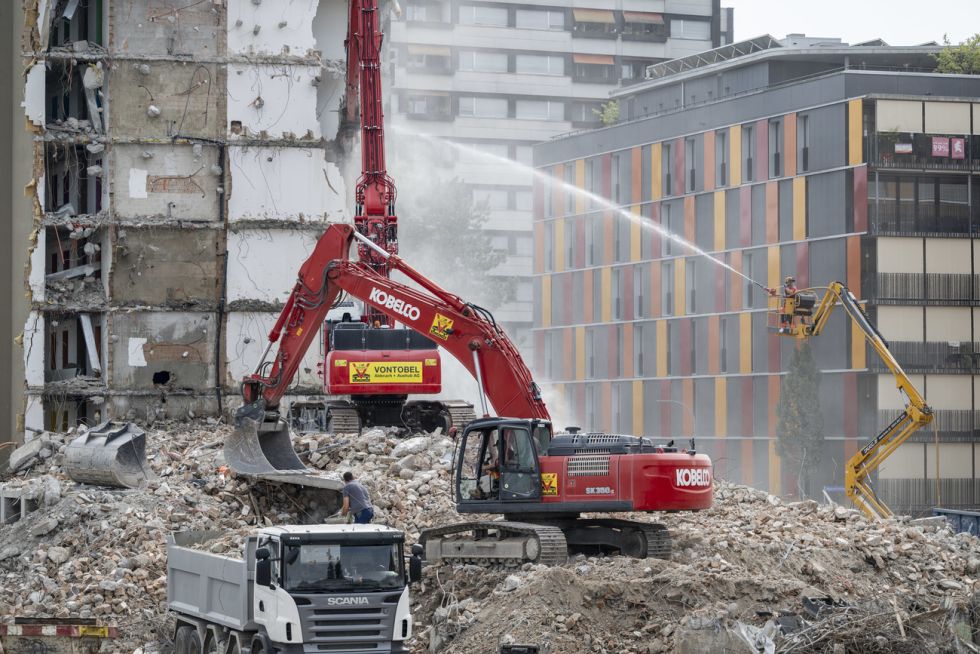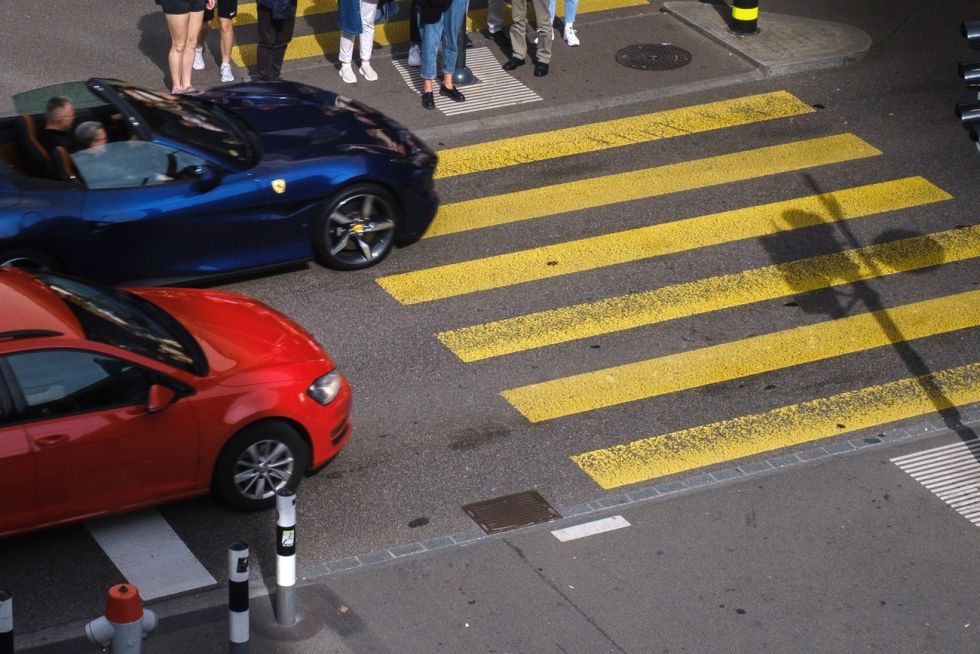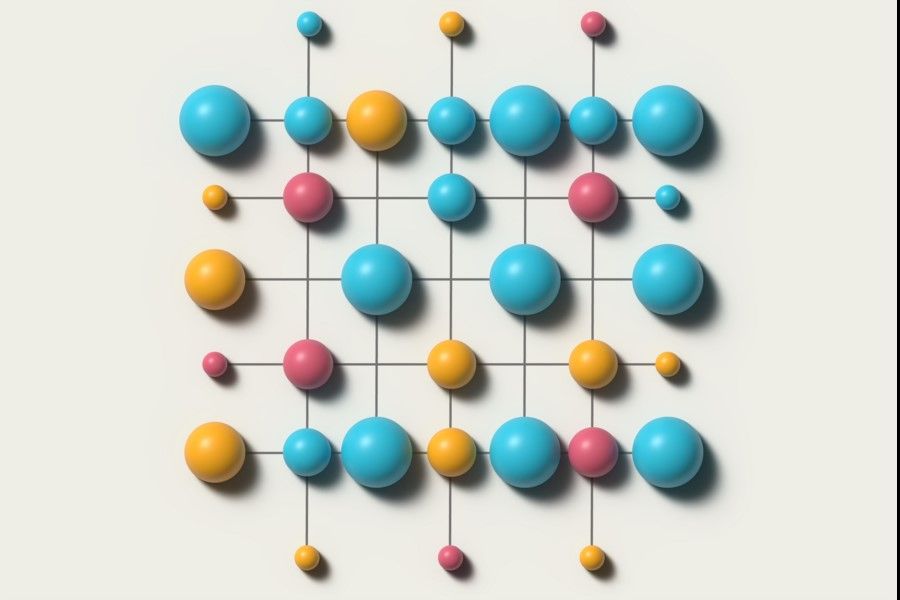Nimble robot reflexively organises cluttered spaces
Continous adaptation of behavior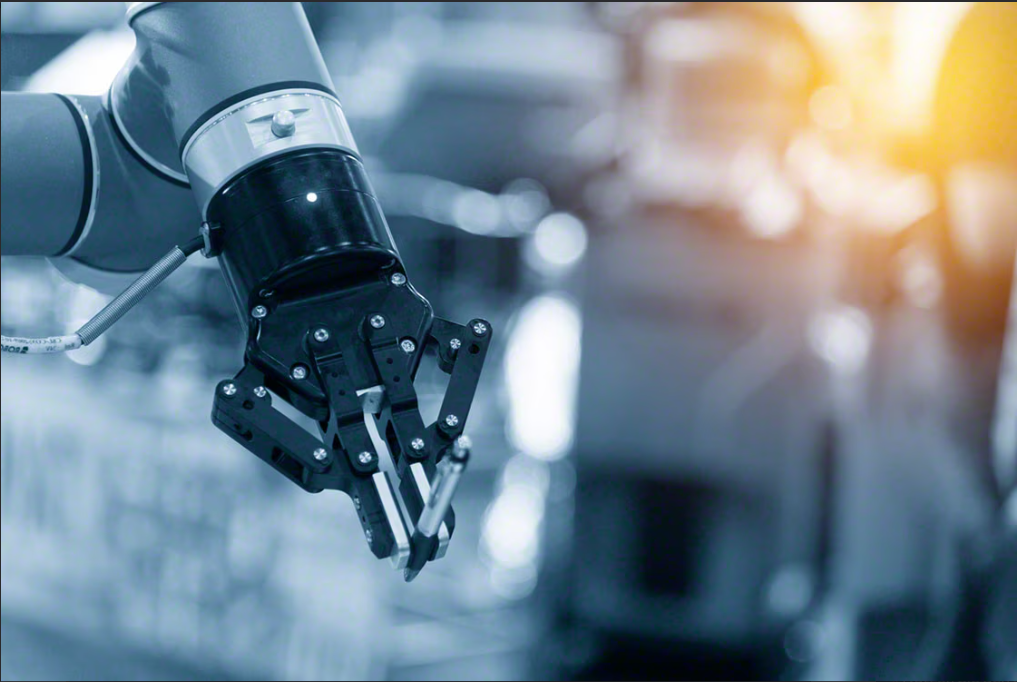
Instead of starting over after a failed attempt, the pick-and-place robot continuously adapts its behaviour.
When operating an arcade claw, a player can plan what he wants. But as soon as he presses the joystick button, it's a case of wait and see. If the claw misses its target, he has to start all over again for another chance at a prize.
The slow and deliberate approach of the arcade claw is similar to modern gripping robots that use sophisticated planners to process visual images and plan a series of movements to reach for an object. If a gripper misses its target, it returns to the starting point, where the controller must devise a new plan.
To give robots more nimble, human-like handling, MIT engineers have now developed a gripper that reaches out of reflex. Instead of starting over after a failed attempt, the team's robot adapts in the moment to reflexively roll, palm or push an object to get a better grip.
Deploying in changing environments
The new design is the first to incorporate reflexes into a robotic planning architecture. The researchers' goal is to programme more complex reflexes to develop nimble, adaptable machines that can work with and among humans in ever-changing environments.
In environments where people live and work, there will always be uncertainty,
says Andrew SaLoutos of MIT. "Someone might put something new on the desk, move something in the break room, or put an extra dish in the sink. We hope that a robot with reflexes can adapt to and work with that kind of uncertainty."
